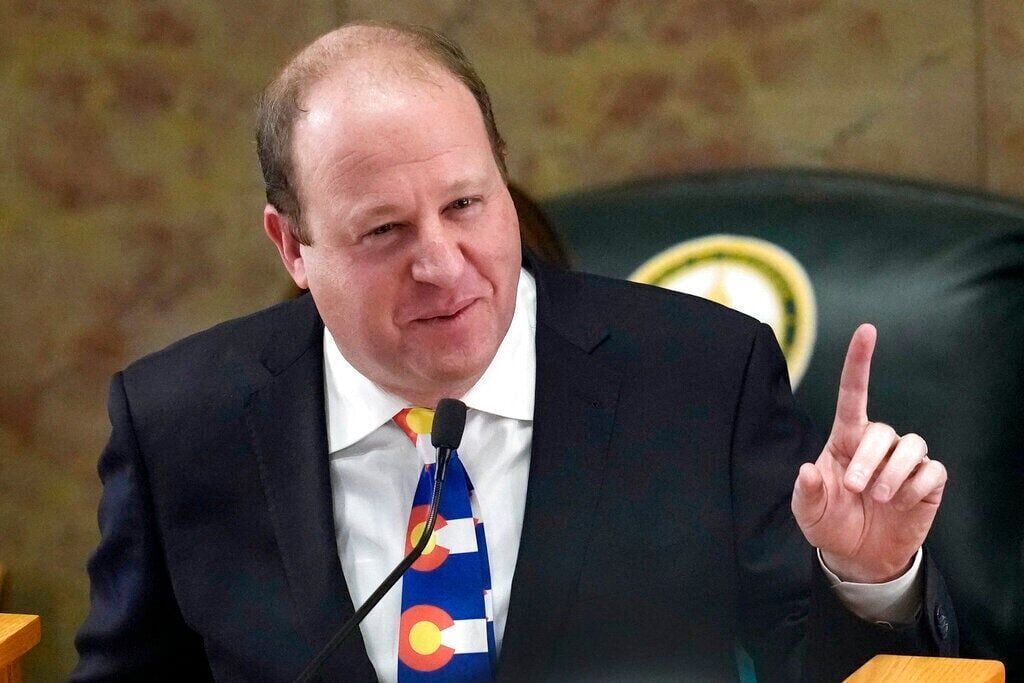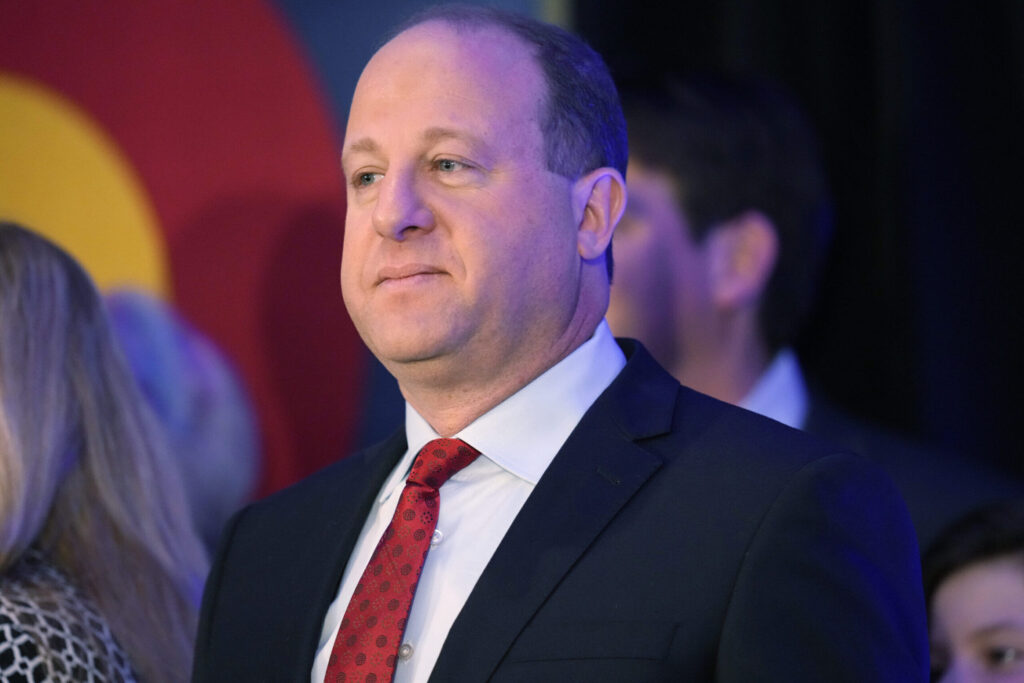SONDERMANN | Colorado’s GOP: an endangered species


With each passing election, I am left thinking that Colorado Republicans have hit bottom. The kind of bottom known only by an addict who has had enough and earnestly, belatedly resolves to turn things around.
Will 2020 be that bottom? It is hard to contemplate it getting worse for the local GOP. But based on experience, it is also difficult to envision those still on the ship taking even the elementary steps to reverse course.
In region after region of the country, Republicans enjoyed unexpected, even shocking, success on election night. That is the case regardless of the outcome of the presidential race, still an unknown as of this early Wednesday writing.
The scene here at altitude could not have been more diametrically different from the national trend. Pick your favorite descriptive word among “trouncing,” “shellacked” or “wipeout.” All apply.
Let’s review. Barack Obama carried the state in both of his elections – by nine points in the robust Democratic year of 2008 and by five points four years later. Come 2016, Hillary Clinton won Colorado by just under those five points.
In 2014, John Hickenlooper won his reelection race for governor by a rather scant three points.
All of those were winning Democratic margins, but still decently competitive. Then flash forward to 2018 when Jared Polis captured his Governor’s race by north of 10 points. Yes, double digits. And do not forget that Polis was the Democrat whom many supposedly smart Republicans, including Walker Stapleton (oops, now “Walker Central Park”), most wanted to run against, thinking him quite vulnerable.
Which brings us to this election and a 14-point Biden win in Colorado (yes, you read that correctly) to go along with a Hickenlooper victory of 10 points over Cory Gardner.
These have stopped being close contests. Similar margins have become the norm in down-ballot races where party affiliation is even more the differentiator. Democrats even gained control of the University of Colorado Board of Regents for the first time in eons.
Digging a little further into the historical review, it was not that many years back that Republicans had such control of the Colorado legislature that they could override any gubernatorial veto. They called it, “veto proof.”
Now reflect on this: Over the past two years, there were as many Democrats in just the state House as there were Republicans in the House and Senate combined. Democrats now seem to have built further on that advantage, gaining at least one more state Senate seat.
That is dominance. Or from the Republican perspective, that ought to be a screaming red sign that it is well past time to step away from the bar.
Oh, some ardent, disbelieving elephants will scream, “What about Lauren Boebert?” True enough, she held that increasingly secure rural seat in Congress for the Republican Party. But even her margin was depressed.
Moreover, with the departure of Cory Gardner, Boebert instantly becomes the most prominent Republican in Colorado. She is their new face and brand. That may assure her a nice, long stay in Congress. But tell me how that is going to benefit the party or lead a GOP comeback in all-important Jefferson or Arapahoe or Larimer counties.
In fact, I will suggest here that with the long term in mind, Boebert’s victory was the best news for Colorado Democrats in a night full of excellent news on the home front.
A county-by-county analysis of this election will take some time. But my strong supposition is that Democrats expanded on their substantial advantage not by really growing their margins in Denver or Boulder or a few ski towns, but by eating rather gluttonously into the state’s Republican strongholds of El Paso, Douglas and Weld counties.
As a state, Colorado is now firmly blue. It is no longer periwinkle or denim, but full indigo blue rapidly becoming navy.
If there is any purple wave to be found among our purple mountains, it is no longer in the state as a whole, but in the softening of traditionally red counties.
How did Republicans find themselves in this downward spiral? Part of that was a function of demographics and in-migration. If Colorado has become part of the Left Coast, it is because a chunk of the Left Coast moved here. Can’t blame Republican leaders for that.
But they are far from off the hook. To go to another addiction, the party leadership and the shrinking base of loyalists continue to double-down again and again on a losing hand. They have imposed countless, de facto purity tests on what it means to be a Republican and to climb the party ladder.
It is not enough to be “pro-gun” and endorsed by the NRA. Instead, you have to play all-consuming footsie with the ultra-doctrinaire, uncompromising Rocky Mountain Gun Owners. It is at least arguable that this organization has done more to propel Democrats than any well-funded entity allied with the progressive side.
These diehards often prefer to be right – hard right – to go along with noisy and off-key when the choice is to cast themselves at least within some shouting distance of the broad mainstream.
I harken back to the 2018 State Republican Assembly when Kevin Lundberg, as conservative a legislator as Colorado has known, was kept off the primary ballot for statewide office for being insufficiently a part of that movement.
That is a one-way ticket to Wackyville, a place for true-believers to feel right and righteous, but to lose election after election, without even putting up much of a fight.
Yes, Colorado voters still embrace conservative TABOR. But that is meager solace. And, yes, there is some sparse talent on the Republican bench with Heidi Ganahl and George Brauchler atop that list. But does anyone seriously think either is poised for a breakthrough?
Republicans, on occasion, have been known to rail against the alleged excesses of the Endangered Species Act. They might want to tread carefully there as they are on a fast track to needing that protection in Colorado.













